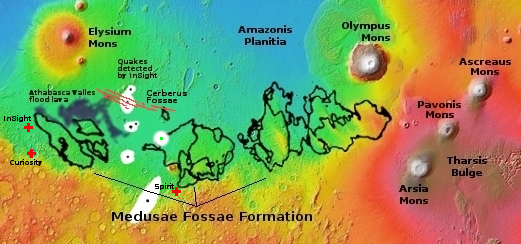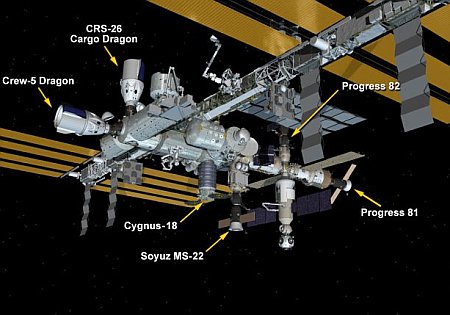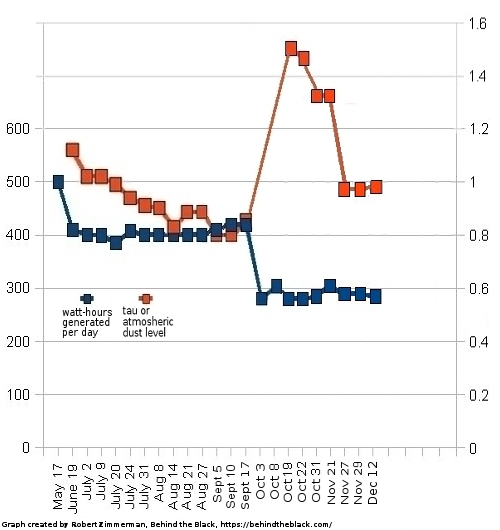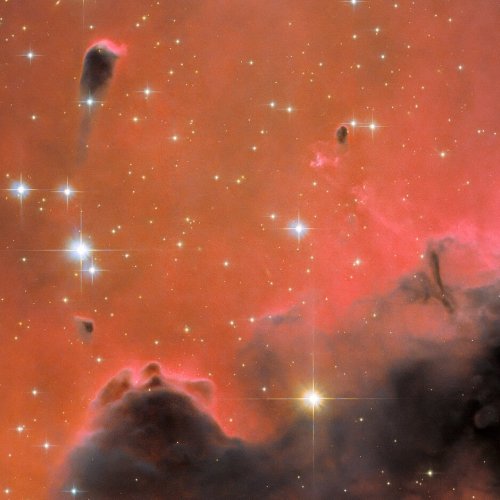Update on upcoming first launch of Relativity’s Terran-1 rocket
Link here. Relativity has been doing longer and longer static fire tests on the launchpad, building to what could be the first every full duration static fire test of a rocket, on the launchpad.
A pair of spin-start tests on Terran 1’s first stage was completed on July 18 and 21 of this year. This was followed by hot fire tests, which not only started the nine Aeon 1 engines but allowed them to reach full thrust before shutdown. The first of these hot fire tests occurred on July 27 and lasted six seconds.
Once complete engine ignition was achieved, the next goal was to work toward firing the first stage for the full duration that will be needed during the flight from liftoff to stage separation. This type of “mission duty cycle” test is usually done on dedicated test stands rather than on the launch pad, but the test stand being used in place of the launch mount at SLC-16 enabled Relativity to streamline operations and complete long-duration firings on the launch pad. “To our knowledge, no other company has ever actually done a full flight duration test on the actual launch mount, or launch pad, at Cape Canaveral,” said Relativity CEO Tim Ellis, in an August interview with NASASpaceflight.
.
Once this test is completed, the rocket will be rolled back to its assembly building for check-outs, and if all is well will then be returned to the launchpad for its actual launch. No date has been set for that launch, but if it occurs before SpaceX’s Starship orbital launch, it will be the first methane-fueled rocket to reach orbit.
Link here. Relativity has been doing longer and longer static fire tests on the launchpad, building to what could be the first every full duration static fire test of a rocket, on the launchpad.
A pair of spin-start tests on Terran 1’s first stage was completed on July 18 and 21 of this year. This was followed by hot fire tests, which not only started the nine Aeon 1 engines but allowed them to reach full thrust before shutdown. The first of these hot fire tests occurred on July 27 and lasted six seconds.
Once complete engine ignition was achieved, the next goal was to work toward firing the first stage for the full duration that will be needed during the flight from liftoff to stage separation. This type of “mission duty cycle” test is usually done on dedicated test stands rather than on the launch pad, but the test stand being used in place of the launch mount at SLC-16 enabled Relativity to streamline operations and complete long-duration firings on the launch pad. “To our knowledge, no other company has ever actually done a full flight duration test on the actual launch mount, or launch pad, at Cape Canaveral,” said Relativity CEO Tim Ellis, in an August interview with NASASpaceflight.
.
Once this test is completed, the rocket will be rolled back to its assembly building for check-outs, and if all is well will then be returned to the launchpad for its actual launch. No date has been set for that launch, but if it occurs before SpaceX’s Starship orbital launch, it will be the first methane-fueled rocket to reach orbit.












